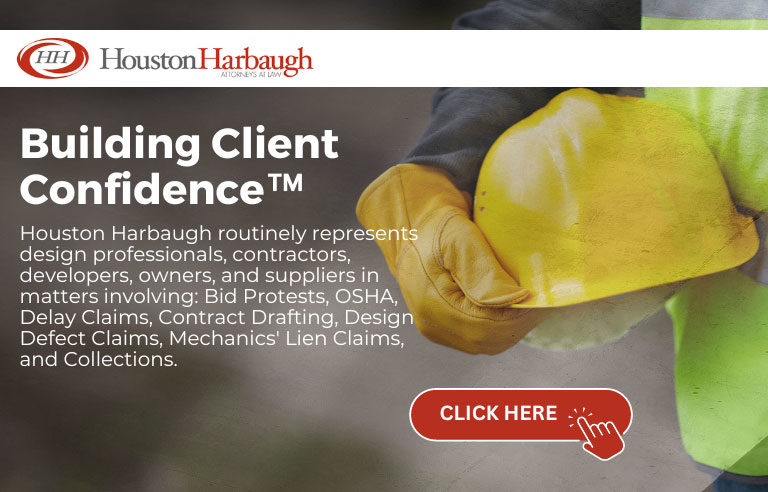Rising Wildfire Smoke: Will OSHA Join the States Implementing New Worker Protections?


By Samuel H. Simon and Erik M. Bergenthal
This past summer, the Midwest and much of the East Coast experienced an unprecedented decline in outdoor air quality. Smoke from wildfires in Canada regularly sent air quality ratings well into to the unhealthy range – an Air Quality Index for the smallest particulate matter (PM2.5) excess of 151.
On June 8, New York City hit an all-time AQI high of 405 as a result of the Canadian wildfires. That was topped by Philadelphia with and AQI of 434 on the same day. On June 28, Cleveland recorded an AQI of 291. On June 27, Chicago had the dubious distinction of the worst air quality in the world. Two days later, on June 29, Pittsburgh issued a “Code Red Air Quality Action Day” with an AQI above 230.
Although previously common in the West, the rest of the country is now grappling with significant occupational hazards relating to the inhalation of wildfire smoke. What does that mean for the regulatory landscape? As of now, OSHA has no outdoor air quality guidelines relating to wildfire smoke. But several states in the West have implemented regulations relating to outdoor air quality.
Both California and Oregon have state wildfire smoke regulations. Under California’s regulations, employers must act to protect employees when the AQI is 151 or greater. Employers are required to modify work procedures to reduce wildfire smoke exposure and provide voluntary respiratory protection. An AQI above 500 requires the use of respirators. The Oregon regulations are even stricter – requiring certain mitigation measures be taken at an AQI of 101. Washington state has implemented similar emergency regulations and has expedited proposed permanent regulations.
We expect that new state and federal regulations will be implemented as wildfire smoke risks continue to worsen. On June 9, OSHA urged employers to protect outdoor workers from hazards associated with poor air quality. The agency recommends protective measures such as:
- Frequent monitoring of air quality conditions using a source such as the Environmental Protect Agency’s AirNow.
- Relocating or rescheduling work tasks to smoke-free areas.
- Reducing levels of physical activity, especially strenuous and heavy work.
- Requiring and encouraging workers to take breaks in smoke-free places when possible.
- When possible, making accommodations for employees to work inside with proper heating, ventilation and air conditioning systems and high-efficiency air filters.
It’s only a matter of time before suggestions such as these become national regulations. Regardless of where they’re located, employers should start thinking about preparing wildfire smoke response plans. This is particularly true for employers in the construction industry. That industry often involves extended work schedules and outdoor physical work that may impact a worker’s exposure risk. Those employers should consider implementing policies such as adjusting work schedules and providing respirators when the AQI is at dangerous levels. Even employers of office workers need to consider the effects of rising outdoor air pollution. HVAC systems should be capable of reducing air pollutants in offices. This may require installing air cleaners with HEPA filters, ensuring that windows are kept closed or operating HVAC systems in the recirculate setting even when workers aren’t in the building.
We fully expect this area of worker concern to lead to new OSHA regulations in the near future.

Samuel H. Simon

Erik M. Bergenthal
Post a comment to this article
Safety+Health welcomes comments that promote respectful dialogue. Please stay on topic. Comments that contain personal attacks, profanity or abusive language – or those aggressively promoting products or services – will be removed. We reserve the right to determine which comments violate our comment policy. (Anonymous comments are welcome; merely skip the “name” field in the comment box. An email address is required but will not be included with your comment.)

